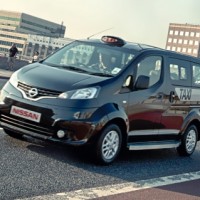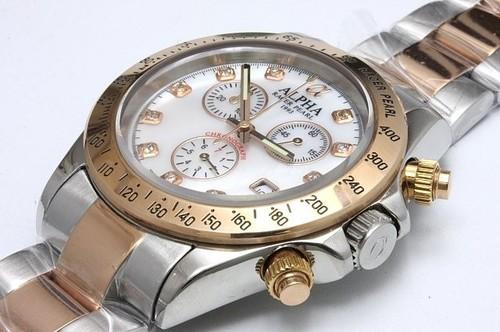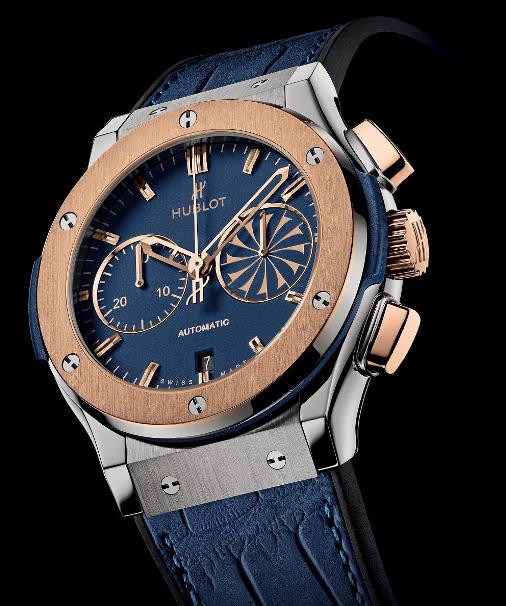
Along with red telephone boxes, double decker buses and signs for the underground, black cabs have become one of the most common sights in London for decades.
The past: 1950s Nuffield Oxford
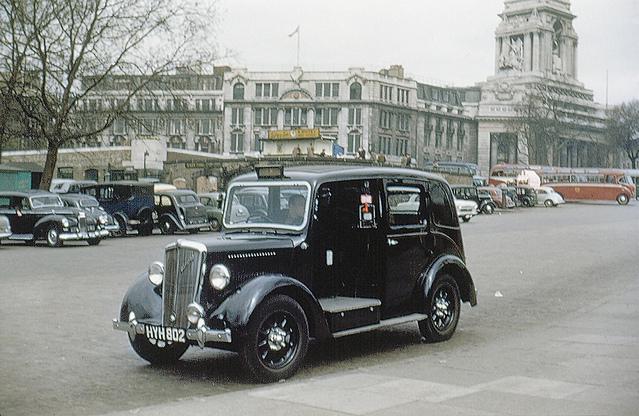
This taxi from yesteryear still appears at various vintage car shows up and down the country. Though known popularly as a ‘Wolseley Oxford” and manufactured by Morris-Commercial, and serviced by Beardmore, it is actually properly called a ‘Nuffield Oxford’ It was a common sight on the streets of London from 1948 to 1953. You can often spot one of these being hailed in 1950s Ealing comedies, usually with an instruction to the ‘cor blimey’ cab driver such as ‘Follow that car!’
The present: LTI FX 4
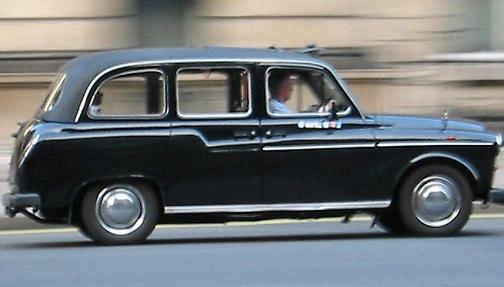
Although there are several variations on this model, this taxi is still an extremely common sight nipping in and out of London traffic and no doubt carving you up a treat along the Old Brompton Road. Many black cabs have a turning circle of only 25 ft (8 m). One reason for this is the configuration of the famed Savoy Hotel: The hotel entrance’s small roundabout meant that vehicles needed the small turning circle in order to navigate it. That requirement became the legally required turning circles for all London cabs,
The future: Nissan NV 200 2
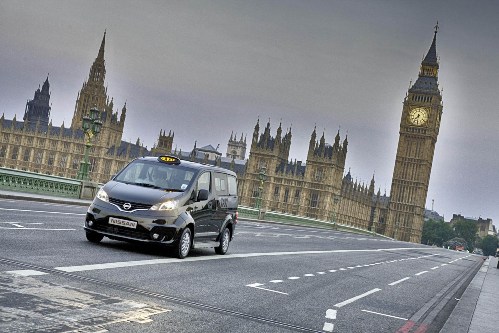
However, it now looks as though we are approaching the end of an era, as rumours suggest the final designs of a brand new taxi have been signed off.
What might surprise you is that the latest taxi to serve the capital’s streets will be produced by Japanese manufacturer Nissan. So what can tourists, businessmen and indeed taxi drivers expect from London’s next iconic symbol?
Design
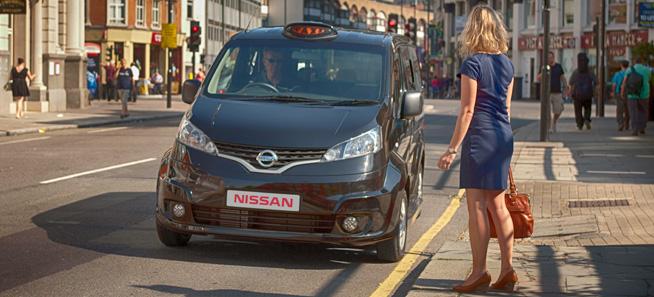
According to reports, Nissan’s final design for the vehicle has been decided. Andy Palmer, executive vice president and global product planning boss at Nissan said:
“You’ll look at it and say ‘that’s a London cab’, but what we didn’t want is a car that looks like it was made in the 1950s.” He went on to add London needed something “iconic” and that even London mayor Boris Johnson said, “It needs to conjure up an image of a bowler hat.”
However on first impressions, the vehicle doesn’t evoke any typical British stereotypes. It fact it’s rather devoid of any personality. Nissan’s offering looks like a standard minibus, or even a commercial van with windows on the side. When it comes to recognising the cab and hailing it on the side of the street, you may struggle to instantly recognise the vehicle as a taxi.
Perhaps, like the loss of the old red double decker buses a few years ago, the new look will take a little bit of getting used to, however the outgoing Hackney Carriages are a lot more distinctive. Or maybe they are just much more familiar. Maybe everyone complained when they were first introduced.
Nissan NV200

The new London cab is based on Nissan’s NV200 – a taxi that will also be found on the streets of New York City and indeed Tokyo as seen above. Nevertheless, Nissan says it has substantially redesigned the looks to maintain classic black cab hallmarks. In fact, the vehicle’s development has received input from current London cabbies.
The NV200 has been in production since 2009 and has received a lot of praise as a commercial vehicle. As with most vehicles produced by Nissan, you can expect high-levels of build quality and reliability, an absolute essential for continuous driving in the nation’s capital.
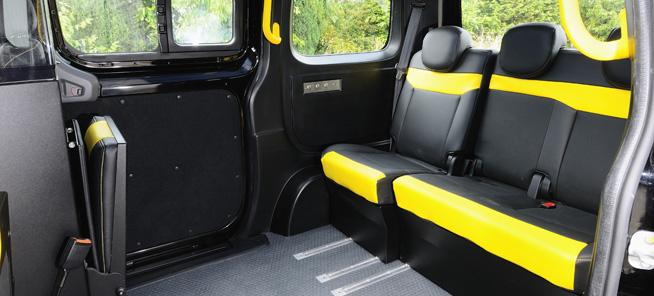
While interior details are yet to be officially released, you can expect three front facing and either one or two rear facing flip seats. You feel Nissan would be foolish to mess with this tried and tested formula.
Electric power
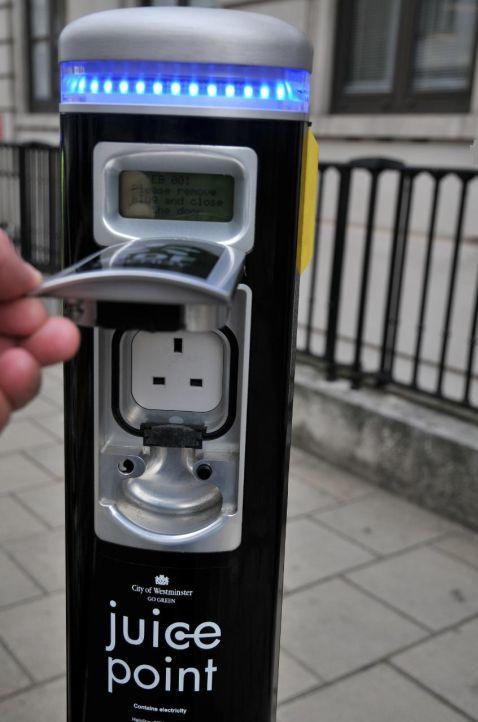
The NV200 cab will initially be available with a 1.5-litre diesel engine capable of returning an average of 54.4mpg. Still, Nissan hopes that its electric version will become the vehicle of choice among taxi drivers.
Convincing cabbies to switch to a technology that still needs to prove its feasibility in everyday life will be difficult by Palmer’s own admission. However he asserts, “Running costs are a fraction of the diesel, and it will work as long as you can get fast chargers in the right places. If you want to get a few million people into an EV and see what it is capable of, this is an effective way of doing it.”
Nissan are claiming their cab could save cabbies around £700 in fuel, and also, that by replacing all London taxis with the new NV200 taxi, annual C02 emissions would be reduced by a staggering 37,970 metric tonnes – the equivalent of filling an area twice the size of the London Congestion Zone full of trees.
But, as is the norm, the transition from old to new doesn’t appear to be straightforward. Average and rather uninspiring design is met with a lack of assurance over fast charging facilities. With only 20,000 London cabs in operation, it seems like Nissan’s objective isn’t to make money, but rather change perceptions of electric vehicles. An intention that already looks difficult to attain. Meanwhile, competitively priced at under £30,000, the Nissan NV-200 is scheduled for an official introduction to London’s streets from April 2014, in the meantime there are hundreds being trialled, so if you spot one, hail it and give it a try.
